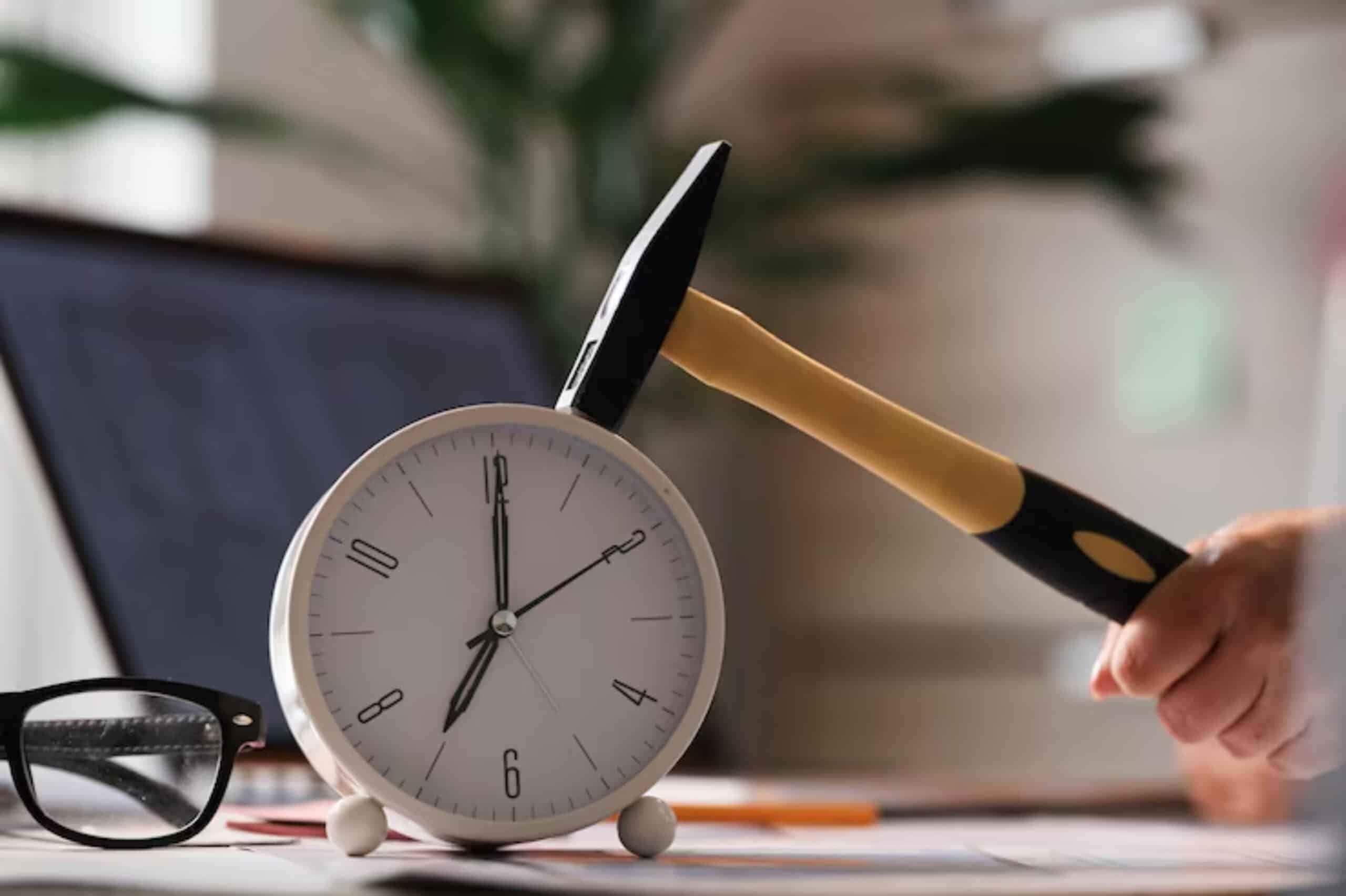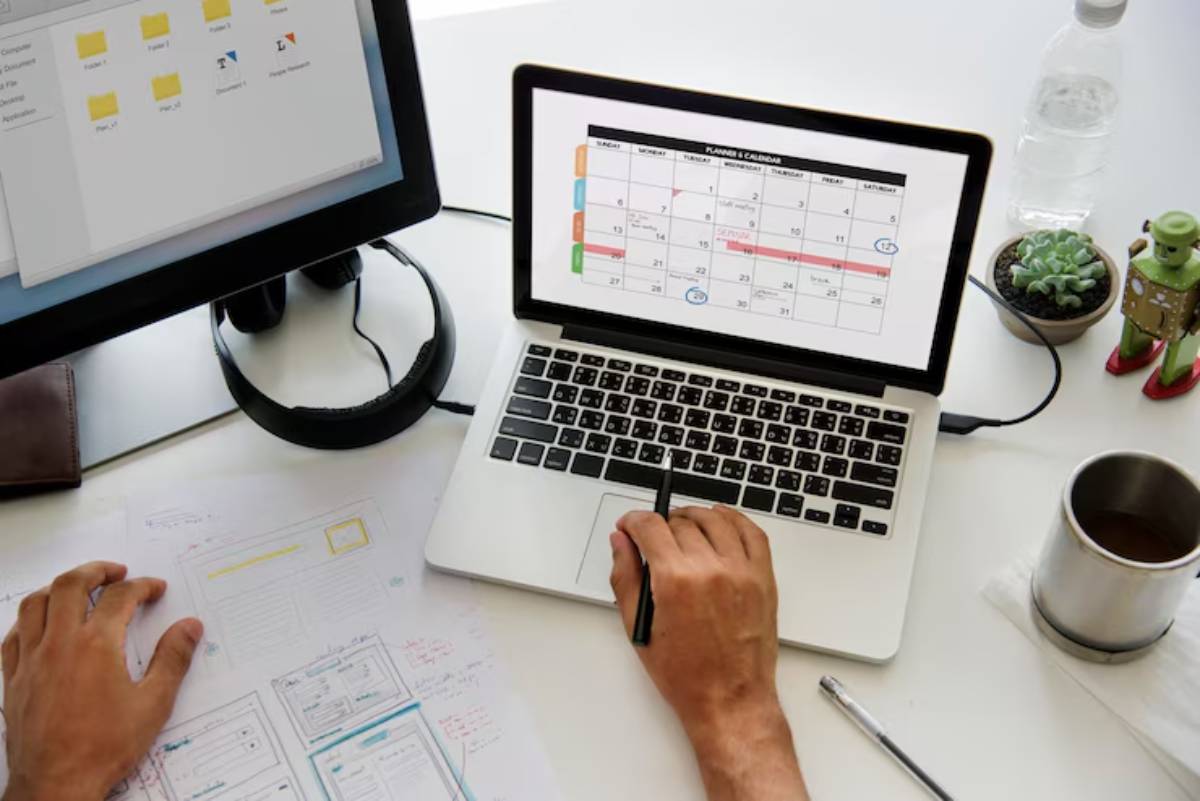
Adapting Time Blocks for Creative Thinkers
Creativity can be magical—until it comes to managing your time. For many creative thinkers, traditional schedules feel stifling, rigid, and even counterproductive. The idea of boxing in imagination between 9 and 10 a.m. may sound like a nightmare rather than a productivity boost. But what if structure could support creativity rather than suppress it?
In this article, we’ll explore how creativity and scheduling can coexist by tailoring time blocking for the creative mind. You’ll discover why flexibility is important. You’ll also learn how to create a framework that supports flow. Plus, you’ll find tools and methods to help you thrive without feeling restricted. Whether you’re a designer, writer, artist, or innovator, right-brain planning strategies await you.
Understanding Creative Brains and Time
What Makes Creative Thinkers Different?
Creative people often mix spontaneity, emotion, intuition, and sensory exploration. Their energy doesn’t always follow a clock; it surges in waves.
Traits commonly associated with right-brain dominance:
- Non-linear thinking
- Preference for open-ended problems
- Emotion-driven focus
- Deep immersion (“the zone”)
Typical time blocking needs predictability and task batching, so it may not fit well here. But it doesn’t have to be.
Why Creatives Resist Traditional Schedules
- Fear of killing spontaneity
- Over-scheduling stifles flow
- Rigid timing breaks immersion
Yet without structure, time tends to slip away. Creative work may stretch endlessly or stall under procrastination.
Enter flexible time blocking.

Rethinking Time Blocking for Right-Brain Planning
What Is Flexible Time Blocking?
Flexible time blocking helps you balance creativity, energy, and mood. It gives you some structure while allowing for flow.
Key features include:
- Themed blocks rather than micro tasks
- Fluid start/end times
- Freedom to rearrange based on inspiration
It combines the best of structure and flow.
Why It Works for Creative Thinkers
- Protects deep work time
- Limits external distractions
- Encourages momentum without micromanagement
Instead of saying, “write blog post 2:00–2:45 PM,” you can make a block named “Creative Output.” Then, trust your instincts to guide you during that time.

The Foundations of Creative Time Blocking
1: Define Creative Modes
Identify your personal work rhythms. Ask:
- When do I feel most inspired?
- Do I work better in short sprints or long flows?
- What environments fuel me?
Common creative modes:
- Morning energy burst
- Afternoon idea sessions
- Evening editing or reflection
2: Use Theme-Based Blocks
Instead of assigning exact tasks, assign creative themes:
- Creative Flow: Writing, drawing, designing
- Idea Time: Brainstorming, research, journaling
- Refinement: Editing, revision, client feedback
Each theme nurtures a different mental state.
Try pairing this with theme-based time blocking for deep focus.
3: Build a Rhythm, Not a Regimen
Structure your day in waves. Include:
- Focus sprints
- Pause for reflection or sensory resets
- Physical movement to reset energy
Don’t force yourself into a strict 9-to-5 template. Use blocks to hold space, not enforce pressure.
4: Add Creative Triggers
Use cues that gently signal the start of a block:
- A playlist for writing or painting
- A specific beverage or scent
- A ritual like sketching before editing
These help your brain enter creative mode faster.
Real-World Creative Block Plans
Example: Emma the Illustrator
Personality: Highly visual, spontaneous, energetic in the mornings
Her Block Plan:
- 7:00–8:00 AM: Walk + Mindful journaling
- 8:00–10:00 AM: Creative Flow (digital illustrations)
- 10:00–10:30 AM: Coffee + Sketchbook Doodles
- 10:30–11:30 AM: Admin (emails, uploads)
- 1:00–2:00 PM: Client Edits
- 2:00–3:30 PM: Creative Flow 2 (Concept work)
- 3:30 PM Onward: Free exploration
Example: Leo the Songwriter
Personality: Night owl, emotional waves, deeply immersive
His Block Plan:
- 10:00–11:00 AM: Journaling + Lyrics Research
- 11:00–12:30 PM: Admin & Outreach
- 2:00–4:00 PM: Creative Output (music writing)
- 4:00–6:00 PM: Instrumental jam
- 9:00–11:00 PM: Flow Block (recording & vocals)
Notice how both plans have flexible themes and energy-aligned windows.
Tools That Support Creative Time Blocking
For Visual Thinkers
- Trello: Board view for theme blocks
- Notion: Aesthetic templates with toggles
- Milanote: Great for mood boards + task blocks

For Auditory Learners
- Spotify + Pomodoro Combo: Create block-specific playlists
- Voice memos for journaling during breaks
For Physical Planners
- Bullet journals with visual trackers
- Colour-coded stickers for time themes
Overcoming Common Challenges
1. “I Can’t Stick to a Schedule”
Try this: Build weekly templates instead of using the same plan daily. Pick a plan that fits your mood.
2. “I Need Inspiration First”
Don’t wait. Start with something small in your block (e.g., sketch a corner of a page). Often, action creates inspiration.
3. “My Flow Got Interrupted”
Schedule buffer blocks to allow for recovery time. Avoid switching from highly creative tasks directly to rigid admin work.
Here’s how to use buffer blocks effectively.
4. “I Overestimate My Creative Energy”
Track your energy over time. Use apps like Clockify to see when you’re really working. Adjust block sizes as needed.
The Science Behind the Strategy
Neuroplasticity and Routine
Creative brains benefit from loose repetition. You don’t need monotony—you need a familiar path. Flexible time blocks become neural cues that help trigger flow states.
Dopamine, Distraction, and Flow
Time blocking reduces the number of decisions you make, helping your brain enter the “zone”. And once you experience that satisfying focus, your brain seeks it out again.
The Zeigarnik Effect
Unfinished tasks weigh on the brain. Theme-based blocks give closure. You know when your next “creation” window is coming—reducing mental clutter.
Blending Structure with Freedom
The magic of time blocking for creatives isn’t about containing creativity. It’s about catching it.
Try these tips:
- Bookend your day: Start and end with routines; leave the middle fluid.
- Alternate focus types: Pair creative with analytical blocks for balance.
- Create a “spark list”: Have a go-to list of tasks for days when flow is low.
Final Thoughts: Creativity Needs a Canvas
A blank page is freedom. But a frame makes it art.
Time blocking, when adapted for right-brain planning, can be the structure that holds your brilliance. It offers guardrails without constraints, flow without chaos, and output without burnout.
If you’re tired of feeling scattered or guilty about your “unproductive” days, try creating a rhythm that celebrates your creativity.
Start small. Theme one block a day. Observe your energy. Adjust. Repeat.
Ready to reclaim your flow?


